
Alan Rich in the Herald Tribune
The Metropolitan Opera has needed a replacement for its old production of “Lucia di Lammermoor” for as long as most of us have been going to opera. It got one, and unveiled it Monday night at the gala opening of its 80th season at the opera house. It’s an improvement, all right; anything they could possibly have found would be. But it is a long way from the “Lucia” some of us have dreamed about.
Margherita Wallmann, the director, and Attilio Colonnello, the designer, have both worked from the oldest-possible interpretation of the early romantic Italian repertory: that this is all terribly thin music, dramatically absurd and conceived for nothing but vocal display, and that the proper way to project this style is to go about it in an old-fashioned way. Mr. Colonnello has designed a series of murky, ponderous settings; the buildings reflect a spot of college-campus Gothic, and the exteriors are rank with underbrush and Pre-Raphaelite clutter. Miss Wallmann has translated this all into action that seldom moves, but spends most of its time striking poses.
All this might have been acceptable at some time in the past, but it is not today. The main reason that it isn’t is that we have in our generation two great singers, Maria Callas and Joan Sutherland, who have restored this repertory to its rightful respectability. Miss Sutherland, if anything, is even more the specialist than her colleague, since she and her husband Richard Bonynge have dug deeply into the whole matter of vocal coloration, ornamentation and phrasing unique to this repertory.
Therefore, having in Miss Sutherland a woman who is not only a specialized Donizetti stylist, but also a stupendously endowed singer by any standard, one would have thought that the Metropolitan might have gone all the way with her, shining up the looks of “Lucia” as well as the sound. The great disappointment with the new production is that it fails completely in this regard. It is, on the whole, merely a more massive and elaborate version of the old one, a little cleaner, more colorful and better lit, but in the same spirit. And so, alas, is Margherita Wallmann’s direction.
Let me cite one example. It should be clear to anyone who reads the libretto that the famous Sextet is a classic and superior example of the Ensemble of Perplexity, a moment when the action freezes, time stops, and each character examines his emotions privately. Ideally, the stage action should mirror this in its non-action. In Miss Wallmann’s conception it does not. Edgardo arrives, flings down his cloak; there is a momentary freeze, but, as the music begins the principals and choristers begin, a strange sort of methodical saunter around the stage. Several choristers group themselves in a sort of tableau-vivant of Rembrandt’s “Night Watch” (with costumes to match: I thought the Ashton family was supposed to be bankrupt). Two others sneak up behind Edgar with pole-axes, deterred from dirty deeds only, presumably, by the beauty of the music. By choreographing this scene the director turns it into a burlesque, a betrayal of Donizetti’s intent.
A small point, perhaps, but one symptomatic of the great disservice done to an opera which – it is time someone realized – ought to merit better treatment. “Lucia” is no dramatic masterpiece by cosmic standards, but it is just that within its own framework: tightly wrought and beautifully planned. It is entitled to our respect, and to more respect than this from its producers.
One more point, before we get to the good news of the evening. If “Lucia” is to come alive in this day and age, it needs a far greater measure of enlightenment in the pit than it got under Silvio Varviso’s baton. There is no reason why Donizetti’s simple, guitar-like accompaniment figures have to sound like dumplings plopping into a stewpot. There is delicacy to his scoring and it is – again within its modest limits – infinitely varied. To bring this out needs no less control and orchestral insight than does the shaping of a Mozart or Wagner score. Mr. Varviso’s tempi were merely obedient, and the actual sounds he got out of his orchestra constantly betrayed insufficient regard for the niceties of the lovely scoring.
Under the circumstances, one’s admiration for the evening’s vocal level must go beyond all bounds, Miss Sutherland was in stunning form. Her voice, it seems to me, is constantly improving in the direction of improved placement and projection. She still has her mannered moments, times in which words all but disappear under a sort of stylized crooning (her “Regnava nel silenzio” in the first act was an example), but they are becoming fewer. Certainly there were more words to be heard, and therefore more dramatic sense, in her “Mad Scene” than there had been three years ago. Her acting, too, has gained enormously in grace and assurance. This all means that her performance last night was simply one of the great events in the history of our old opera house.
If one must nit-pick, her high E at the end, of the Mad Scene was somewhat more secure than the one at the end of the first half. Also, she has dug up a strange trill-like ornamentation at the end of “Quando rapita” that she didn’t use here three seasons ago, one that tends to force the tone away from the ensuing top note.
These are minor quibbles, however, and have nothing to do with the points about Miss Sutherland previously made. While on the subject of her previous performances here, it is also worth noting that one – just one- of the traditional cuts has been restored in this new production, a short trio for Lucia, Enrico and Raimondo midway in the Mad Scene. That leaves just about 52 more cuts to be closed before we can have the score as the composer wrote it.
Sandor Konya, the, Edgardo, is somewhat more of an all-purpose good singer than a great stylist, but he sang with his usual high competence and with a real feeling at times for the special needs of the score. Robert Merrill’s Enrico also had its moments, although dramatic incisiveness is not one of his trump cards. To Mr. Merrill’s credit, at least, is the fact that he didn’t simply flee the country after one look at the Act-Two-Scene-One set, some nonsense with a flaming brazier that would be more appropriate for Ulrica’s cave in “The Masked Ball.” Bonaldo Giaiotti’s workmanlike Raimondo and Charles Anthony’s acceptable Arturo rounded out the evening.
The triumph belonged to Miss Sutherland, however, and to her alone. Without wishing to detract from her glory, it should still be noted that a “Lucia” production that results only in a triumph for its prima donna is a “Lucia” production half-realized at best. This particular prima donna, being a woman with brains and dedication, would probably be the first to agree.
Born on this day in 1935 tenor Luciano Pavarotti.
Birthday anniversaries of composer Ralph Vaughan Williams (1872). soprano Gilda Dalla Rizza (1892), bass Herbert Alsen (1906), conductor Jerzy Semkow (1928) and tenor Bruce Brewer (1941).
On this day in 1950 Irving Berlin‘s musical Call Me Madam opened on Broadway.
Happy birthday to soprano Elizabeth Blancke-Biggs.
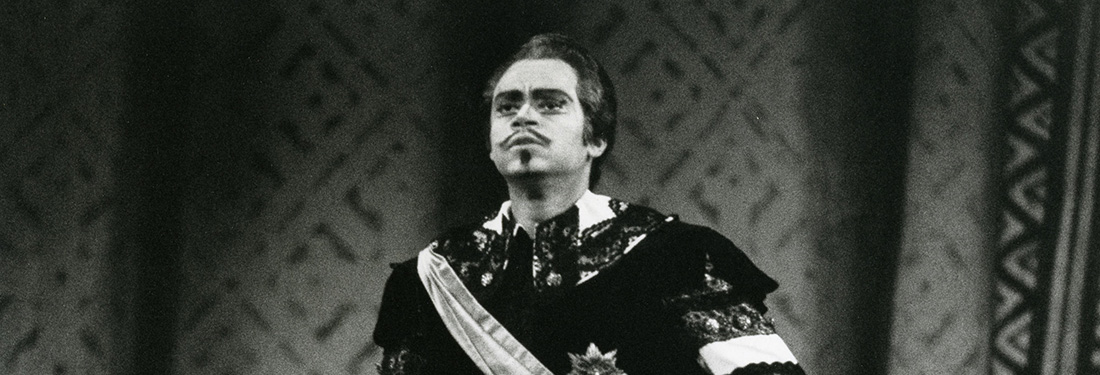
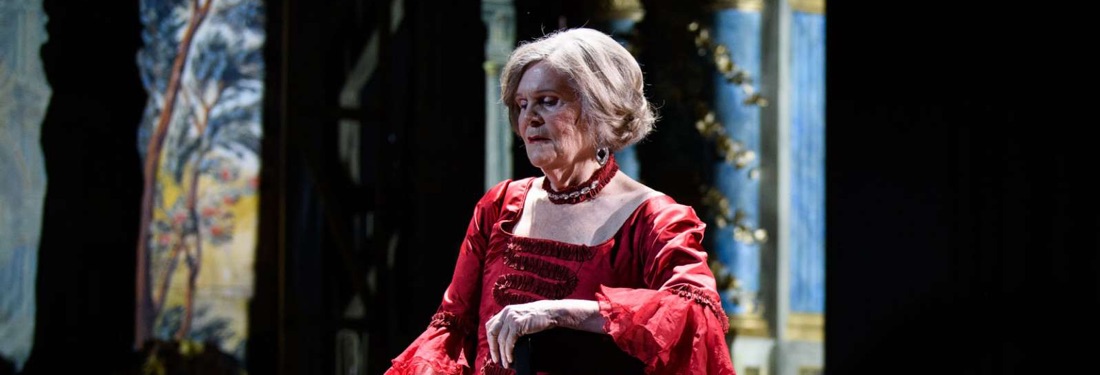
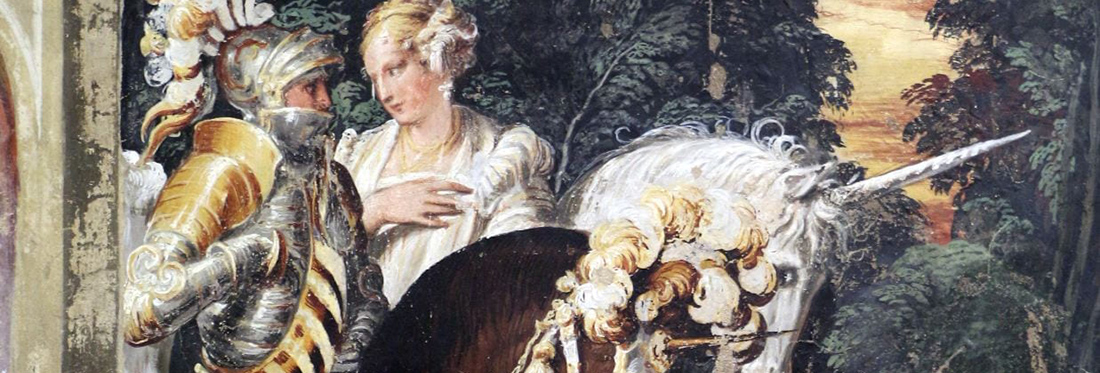
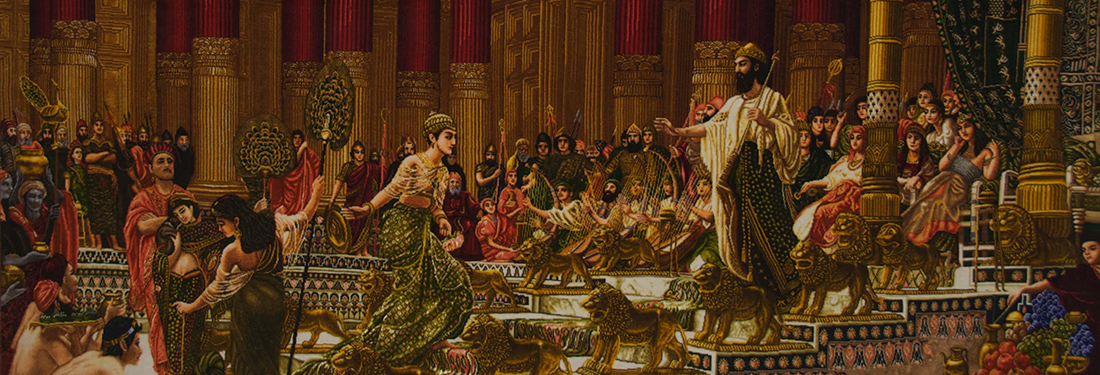
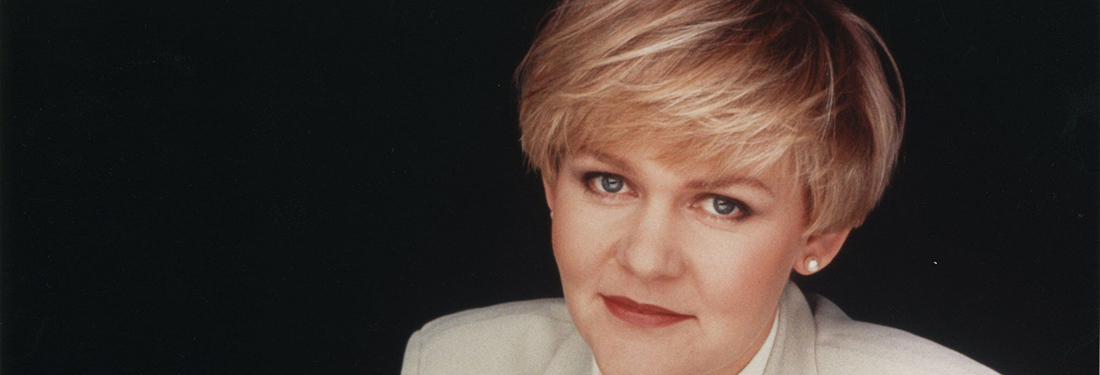
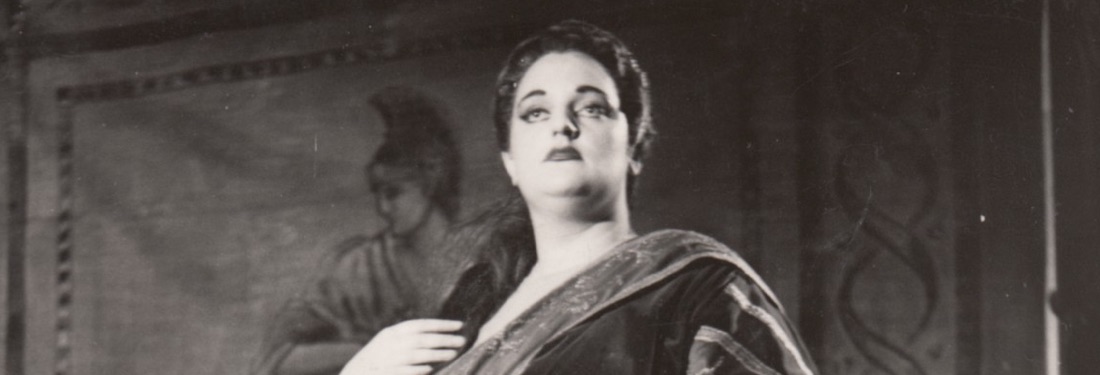
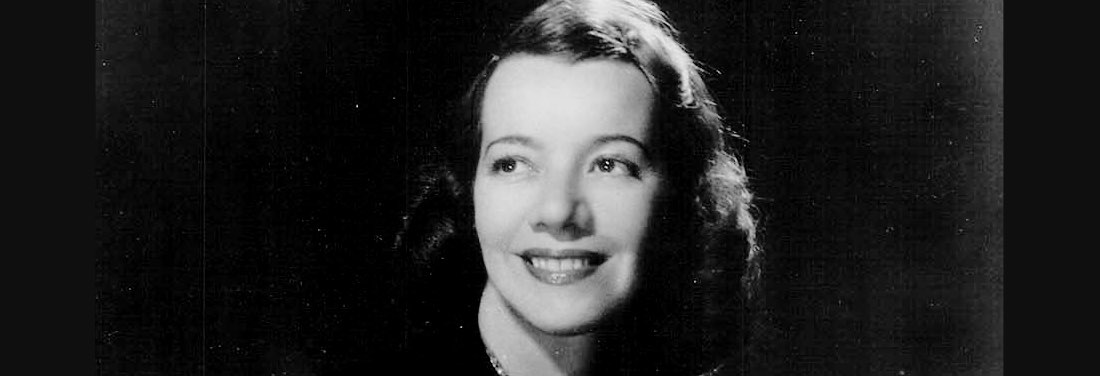
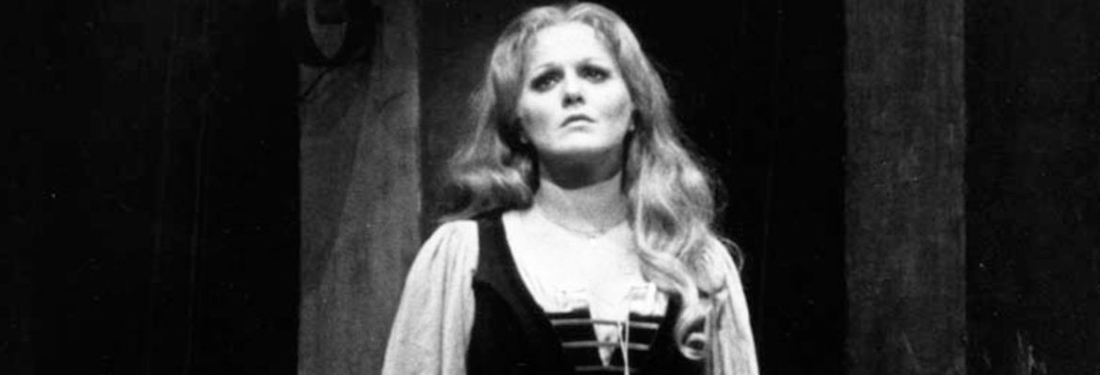

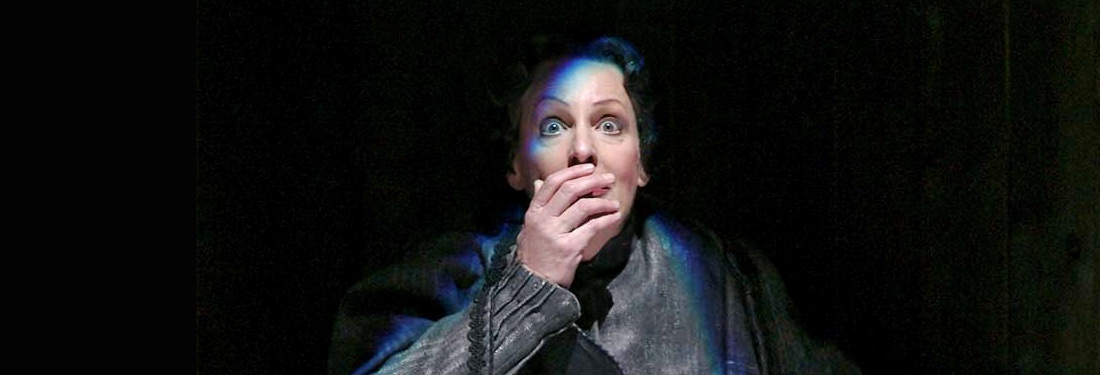
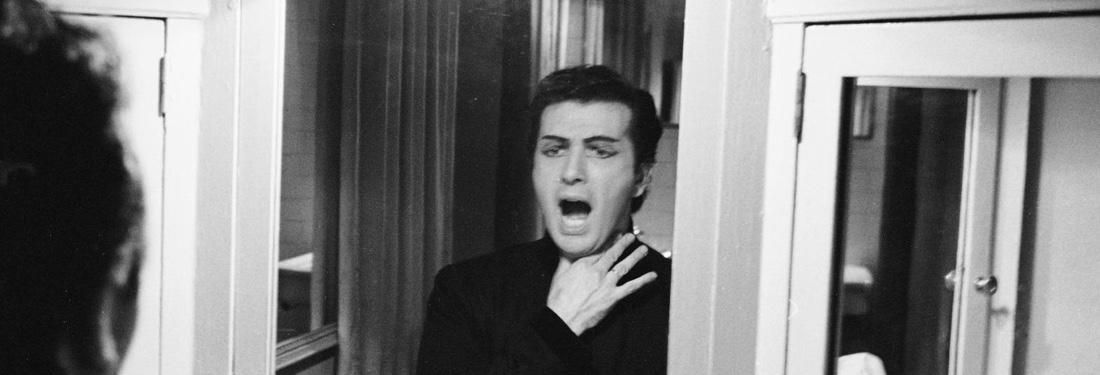


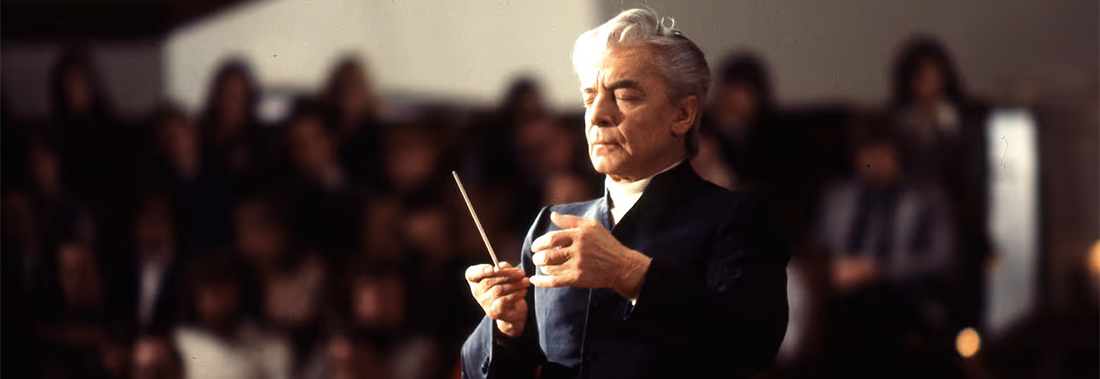










Comments